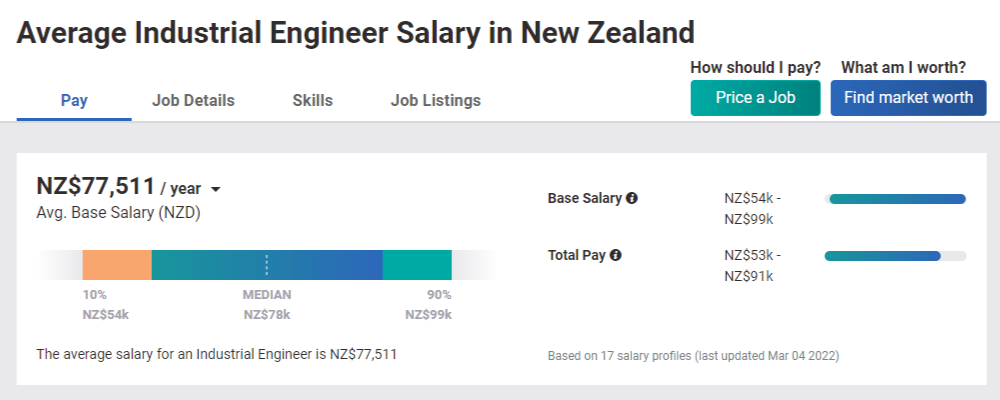
Engineering can be seen throughout history in many forms, including ancient monuments and modern technology. Imhotep is credited with the construction of the Saqqara step pyramid by ancient Egyptians. Imhotep's step pyramid was completed in the third millennium BC, and the Egyptians later deified him after his death. You may have heard of this ancient Egyptian engineer, but did you know that he was also a deified god?
Ancient engineering monuments
Many ancient engineering monuments stand as a testament to the skills of human beings. Ancient Egyptian civil and military engineers can be seen in the pyramids of Egypt, ziggurats from Mesopotamia, as well as Pharos of Alexandria. Acropolis, the city of Indus Valley civilization, and other ancient engineering monuments are examples. The Colosseum, the Acropolis, and other monuments left behind by Roman and ancient Greek engineers are examples of Roman engineering. Mayan civil engineers designed impressive structures, including the drainage and aqueduct systems at Teotihuacan. Al-Jazari (a Turkish engineering monument) was built using five water pumping machines to serve the Artuqid monarchs. Other engineers, such as Mechanics created the concepts of gears and escapement mechanisms.
Early mechanical engineering
The origins and development of mechanical engineering can be traced back to Mesopotamia in the 5th Millennium BC. The field has expanded greatly over the years, encompassing everything from automobiles to energy conversion to microelectromechanical systems. History of mechanical engineering shows that it wasn't always as simple as it is today. Mechanical engineering has had a profound impact on many aspects of human life, whether you're interested automobiles, manufacturing equipment or energy conversion.

Electric engineering was in its infancy
After World War I, the relationship between electrical engineers with government officials was especially complicated. Although radio was used for communication during wartime, this new technology required strict government regulation. The United States government took control over all wireless stations in 1917. They claimed that radio spectrum was too valuable not to be controlled. This resulted in a boom of technology that has changed the way people communicate. Today you can witness the history of electricity both in New York City as well as elsewhere.
Radio technology as it was developed in the early years
In the early 1900s, radios were used for simplex communications. Morse Code was used to transmit messages. It is the same code that was used to write. These communications were not able to be communicated over, as they were one-way. Despite limitations in early radios, the idea to send electrical waves over vast distances was groundbreaking. The invention of long-distance telephone lines would not be possible until a new technology was created.
Early electric generators
The electric generator was an amazing feat of engineering. It allowed for the production of electrical power using very little work. Hydroelectric power was developed in the Sierra Nevada during the 1880s when hydraulic mines began to experiment with it. Almarian Decker, an engineer from the Brush Arc Light Company, who had recently moved to California with tuberculosis and was now a transmission engineer, integrated generation into the first three phase alternate-current power station in Redlands.
Early electrical engineering in western Europe
The 19th century is the beginning of electrical engineering's history. Alexander Graham Bell (and Thomas Edison) were the two most influential people in the sector at this time. These two men became the first to specialize as engineers in electricity, and electricity spread quickly. The electrical industry's growth changed the world. Many governments began to employ electrical engineers. The TVA is the most well-known of all government initiatives in this region, but local governments also provide power and service.

Early electrical engineering in Santa Clara
Santa Clara University's School of Engineering began offering bachelors degrees in 1912. Later, the school offered master's degrees and doctoral programs. The school is now open to all of Silicon Valley. The school offers a wide range of programs, including advanced degrees in electrical engineering. There are also many opportunities to network and continue education. It is the only national professional association that is specifically focused on electrical engineering.
Electrical engineering in England at the beginning
England is where electrical engineering was first developed. Many of those who pioneered the field of electrical engineering came from the UK including George Stephenson, Isambard Kingdom Brunel and Thomas Telford. The first demonstration of electrical energy being converted to mechanical energy was made by Michael Faraday in 1821. This helped cement the field. In addition to these pioneers, the UK also had many other important contributors to the development of the field.
Early electrical engineering in the United States
Electricity is not a new technology. However, many other jurisdictions saw it as a necessity. In order to provide power and communication for their citizens, governments began to assume this responsibility and were major employers in electrical engineers. While the TVA is most prominent government initiative in this space, there were also other examples. Outside of the USA, government control of power and communication was the norm. As a result of technological advancements, electrical engineers began realizing the importance to advance their field.
FAQ
What does a Chemical Engineer Do?
To develop chemicals, products, technologies, or processes, chemical engineers must combine math, science and engineering.
Chemical engineers may specialize in such areas as pharmaceuticals, petroleum refining and food processing.
They work closely together with scientists and other researchers to solve technical difficulties.
Are there any requirements for engineering studies?
No. All you need is good grades in your GCSEs (or equivalent). Some universities may require that applicants have at least a minimum level of academic achievement to be admitted. Cambridge University, for example, requires that applicants obtain A*-C grades on Maths, English Language and Science.
If you don't meet these requirements, you will need to take extra courses to help you prepare for university entrance exams.
You might need to learn additional math/science subjects, as well as a course in a foreign language. Ask your school guidance counselors about these options.
What is a mechanical engineer?
A mechanical engineer designs machines and tools for humans.
Mechanical engineers use mathematics, physics, and engineering principles to create practical solutions to real-world problems.
A mechanical engineer might be involved in product development and production, maintenance or quality control.
Which engineering is best for girls?
Girls are always looking to find a safe space where they learn how to make a better tomorrow for themselves. Engineers are not only for men, it is also open to women. Engineering can help them become successful women who contribute positively to society and their families.
Engineering is a great career choice for young women because it allows you to learn new skills and develop knowledge that could lead to a rewarding job. It gives her confidence and independence.
It allows her the opportunity to make a significant impact on people's lives as well as the environment.
This website is designed to encourage girls to pursue engineering as a career. We want to show them the true meaning of engineering.
We hope that you find our site useful and enjoyable. If you have any questions, please don't hesitate to contact us.
What is the Most Hardest Engineering Major?
Computer science is the hardest engineering major because you need to learn everything completely from scratch. It is also important to be creative.
Programming languages will include C++, JavaScript, PHP and JavaScript.
You'll also need to know how computers work. You will need to be able to comprehend hardware, software architectures, operating systems and networking.
Computer Science is a good choice if you're looking to be an engineer.
Statistics
- Typically required education: Bachelor's degree in aeronautical engineering Job growth outlook through 2030: 8% Aerospace engineers specialize in designing spacecraft, aircraft, satellites, and missiles. (snhu.edu)
- Job growth outlook through 2030: 9% (snhu.edu)
External Links
How To
How to read engineering drawings
Engineering drawings give a visual description about an object. There are many elements in these drawings such as text, dimensions and symbols. Since ancient times, engineering drawings have existed. In Egypt, 3000 BC was the first time a drawing was recorded. They are used to design objects such as bridges and buildings.
Engineers use engineering drawings when they want to explain what something looks like. It aids others in understanding what you're talking. Engineers create things using numbers and symbols to indicate measurements. This makes it simpler for people who don’t understand engineering.
There are two types of engineering drawings, 2D and 3.
2D drawings are flat representations that represent three-dimensional objects. These include plans and sections, elevation views and axonometric projecteds.
3D drawings represent real-life objects with multiple angles. These drawings are often created using computer software. SketchUp can be used to create a model of a bridge. Next, choose "View" and "Top View." Next, rotate your view so that you can see everything from the top.
2D drawings should be viewed in the entirety. You shouldn't be focusing on just one area. Make sure to notice important parts in the upper right corner.